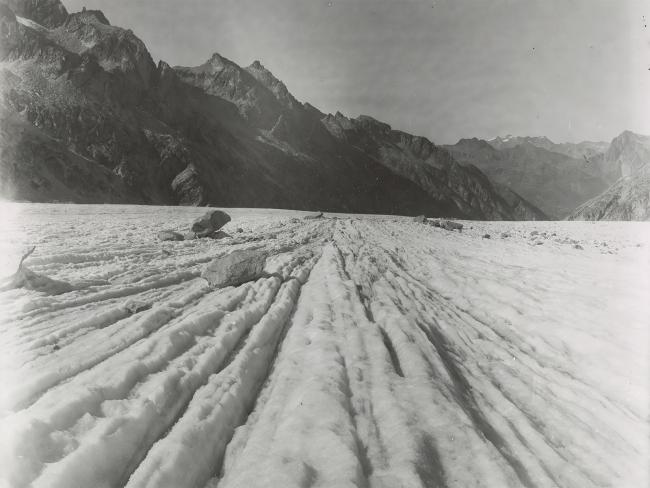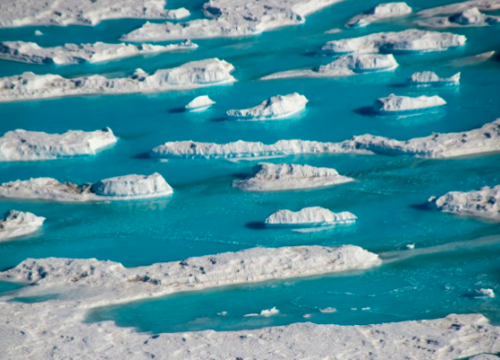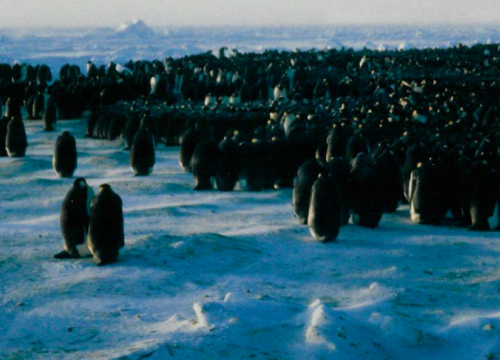Exploring Arctic Climate Data
In this final activity, students use authentic Arctic climate data to explore albedo and its relationship to seasonal snowmelt as a self-reinforcing feedback mechanism, which is then applied to large scale global climate change.
Context for Use
This is the third and final activity of a three-part curriculum about Arctic climate. The activities may be used independently or in sequence. Activity 1 (Exploring the Arctic) of this sequence allows students to explore Arctic geography, then take hands-on meteorological measurements to learn about how climate data is collected in the Arctic. Activity 2 (Do you really want to visit the Arctic?) uses the jigsaw method to have students work with various weather parameters in a role-playing format.
- This activity was designed for high school science students, but the graphing and data analysis are suitable for introductory-level college courses as well. With adaptations it could also be used for middle school students. It was classroom-tested for grades 5 through 12.
- Students need to have a thorough understanding of how to read and interpret a line graph. Prior experience with creating graphs and using Excel would be quite helpful.

Credit: Harry Fielding Reid. 1900. Forno Glacier: From the Glacier Photograph Collection, Boulder, Colorado USA: National Snow and Ice Data Center.
Goals Header
What Students Will Do
Content/concepts goals for this activity
- List surfaces that have high and low albedo and explain why.
- Calculate albedo from incoming/outgoing radiation data.
- Use known values for albedo to see if their calculated values make sense.
- Create graphs in Excel.
- Use the graphs to examine the reasons for the melting of the snowpack.
Higher order thinking skills goals for this activity
- Explain how warming temperatures triggers melting.
- Explain the way in which albedo acts as a feedback mechanism for warming and melting.
- Understand the role decreasing albedo has on the global climate.
Other skills goals for this activity
- Creating graphs in Excel
Materials
Description
The first part of this activity illustrates the concept of albedo. Students use a year-long dataset of incoming and outgoing radiation from Eureka, Canada to calculate albedo values and see how albedo varies through the year.
Next, students dive into the datasets using Excel. Using step-by-step instructions and screen shots students create line graphs of springtime temperature, snow depth and albedo. Once the graphs are plotted, students can see the relationship between these three parameters and can explain why the snow depth decreases rapidly.
Students then create a concept sketch and a write short essay to synthesize what they have learned about albedo and how it relates to climate.
The final part of the activity uses paired imagery from the Arctic to compare changes in albedo in recent decades. The takeaway message emphasizes how decreasing albedo is a self-reinforcing feedback mechanism. (Also known as a positive feedback mechanism.)
Two optional follow-on activities are included. The first uses images and data from Greenland to further examine albedo changes on the Greenland Ice Sheet. The second activity examines a case study from Colorado about dust layers on the snowpack and the implications for melting, runoff and water supply management. This activity has ties to public policy.
Determining whether students have met the goals
There are three methods of evaluation incorporated into this activity:
- Student worksheets
- The Excel plots of snow depth, temperature and albedo
- The concept sketch and essay that synthesize albedo and its effect on snowmelt and climate. The instructor's guide has options for varying the difficulty of this assignment.




